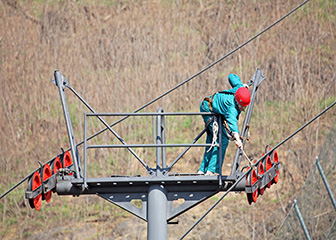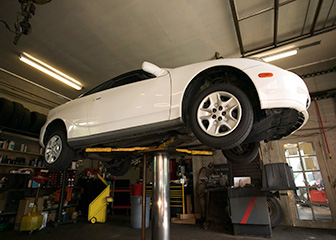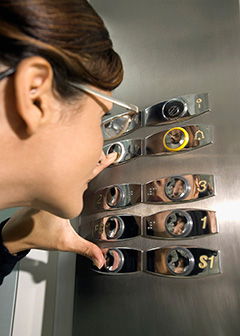Summary

| Quick Facts: Elevator Installers and Repairers | |
|---|---|
|
$70,910 per year
$34.09 per hour |
|
| High school diploma or equivalent | |
| None | |
| Apprenticeship | |
| 19,900 | |
| 11% (About as fast as average) | |
| 2,300 | |
What Elevator Installers and Repairers Do
Elevator installers and repairers install, fix, and maintain elevators, escalators, moving walkways, and other lifts.
Work Environment
Elevator installers and repairers must lift and carry heavy equipment and parts. Workers may be required to work overtime when essential equipment must be repaired, and some workers are on call 24 hours.
How to Become an Elevator Installer and Repairer
Nearly all elevator installers and repairers learn their trade through a formal apprenticeship. A few states require licensure.
Pay
The median annual wage of elevator installers and repairers was $70,910 in May 2010.
Job Outlook
Employment of elevator installers and repairers is expected to grow 11 percent from 2010 to 2020, about as fast as the average for all occupations. New installation and maintenance of lift systems in stores and residential and commercial buildings should spur demand for workers. Job prospects for entry-level workers should be best for those who have postsecondary education in electronics or who have experience in the military.
Similar Occupations
Compare the job duties, education, job growth, and pay of elevator installers and repairers with similar occupations.
O*NET
O*NET provides comprehensive information on key characteristics of workers and occupations.
Contacts for More Information
Learn more about elevator installers and repairers by contacting these additional resources.










